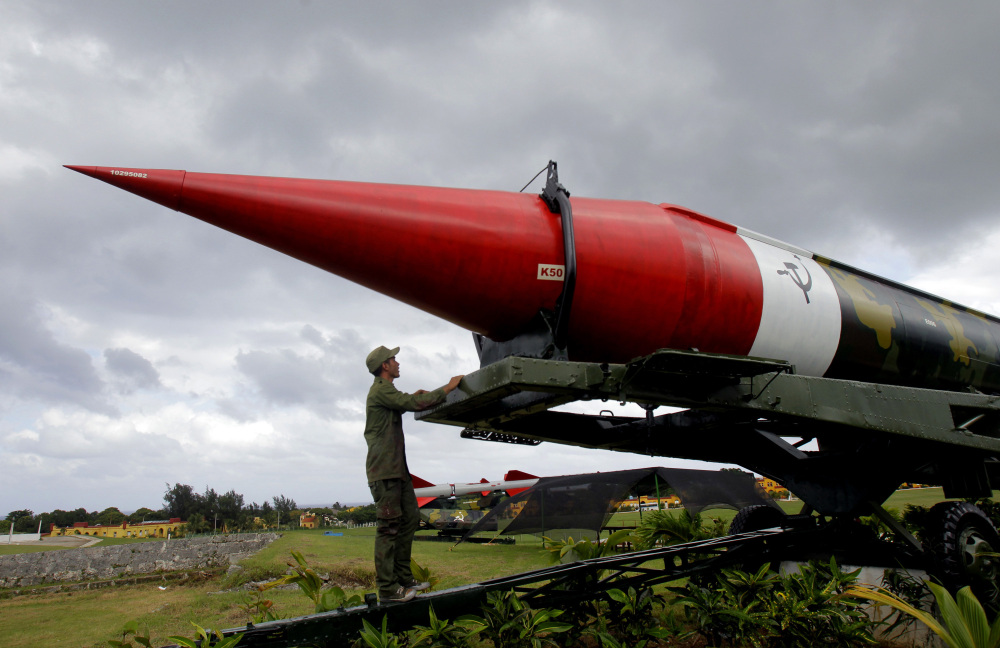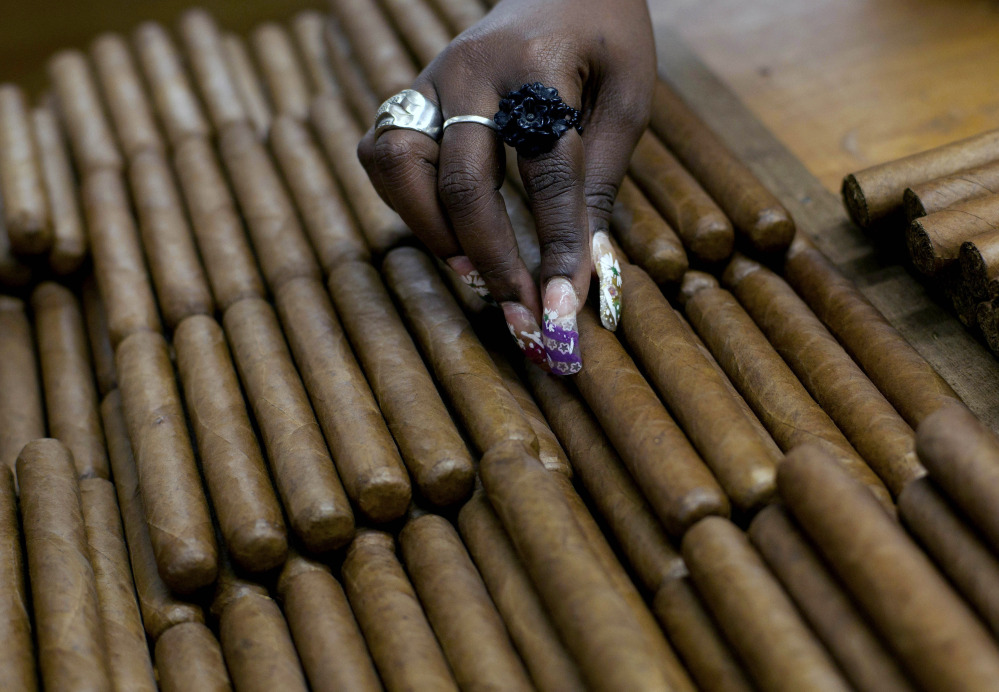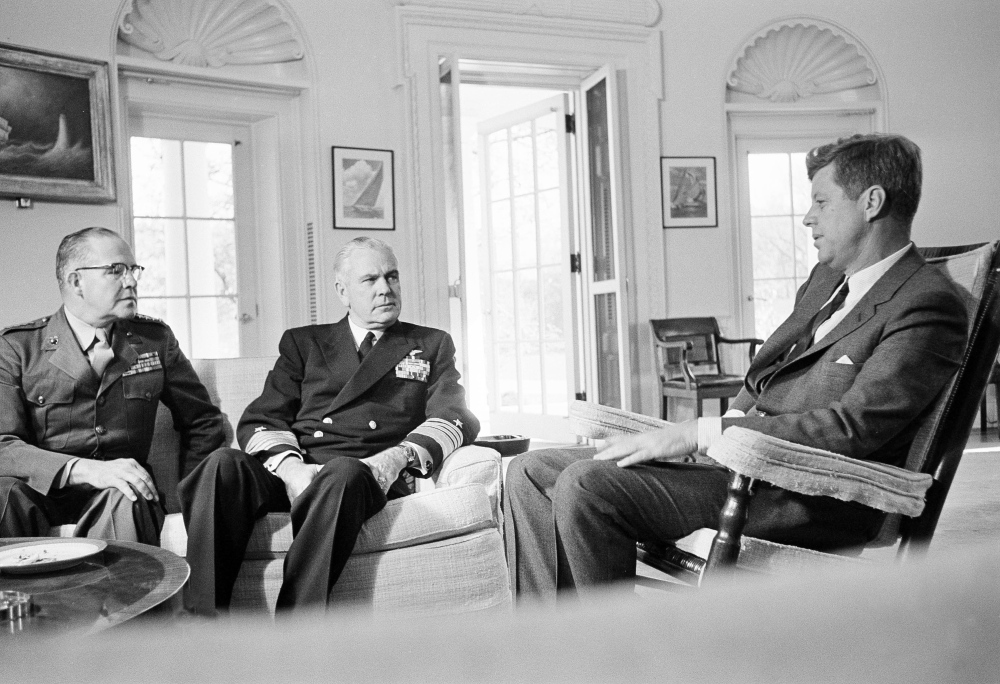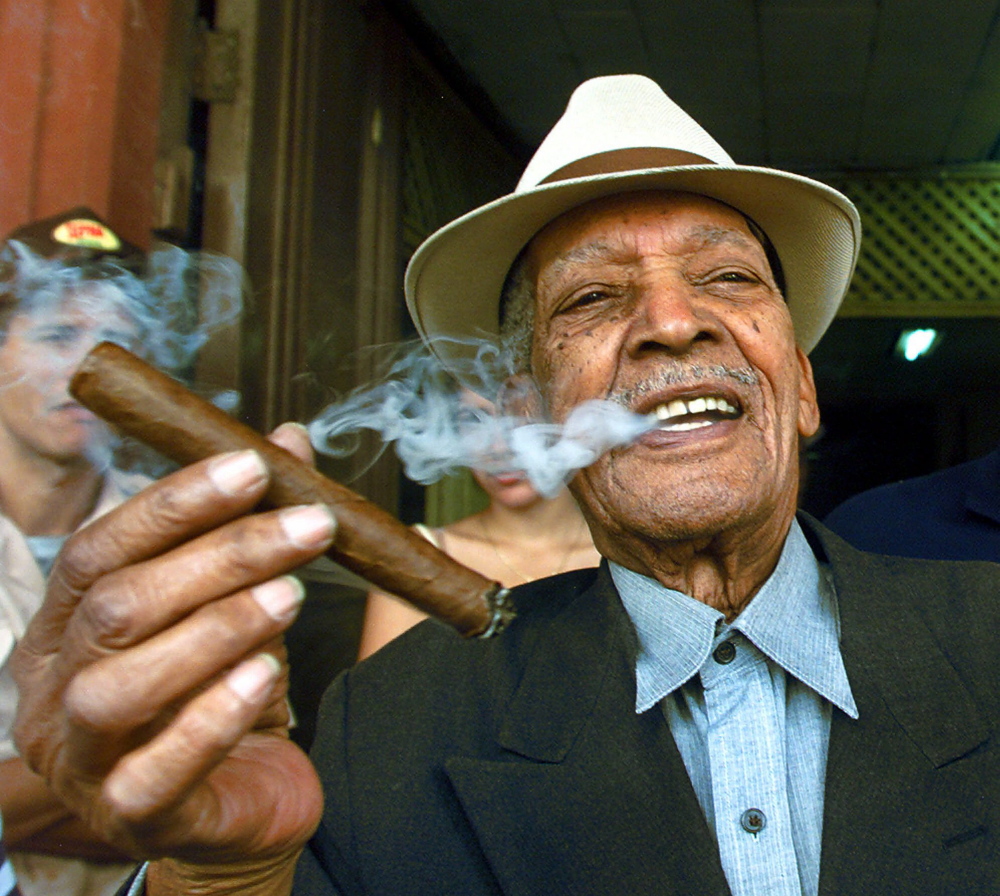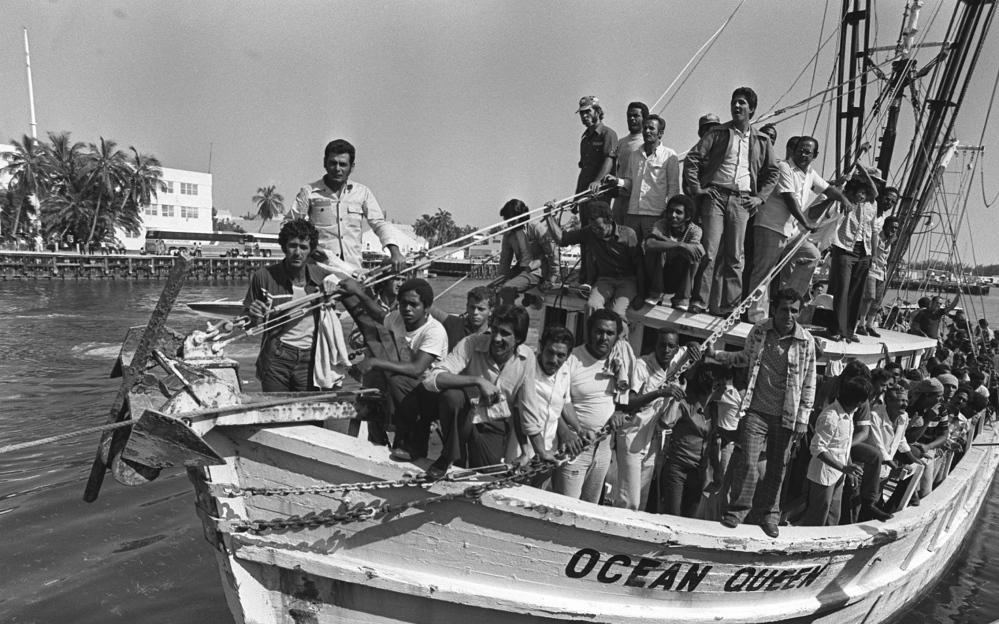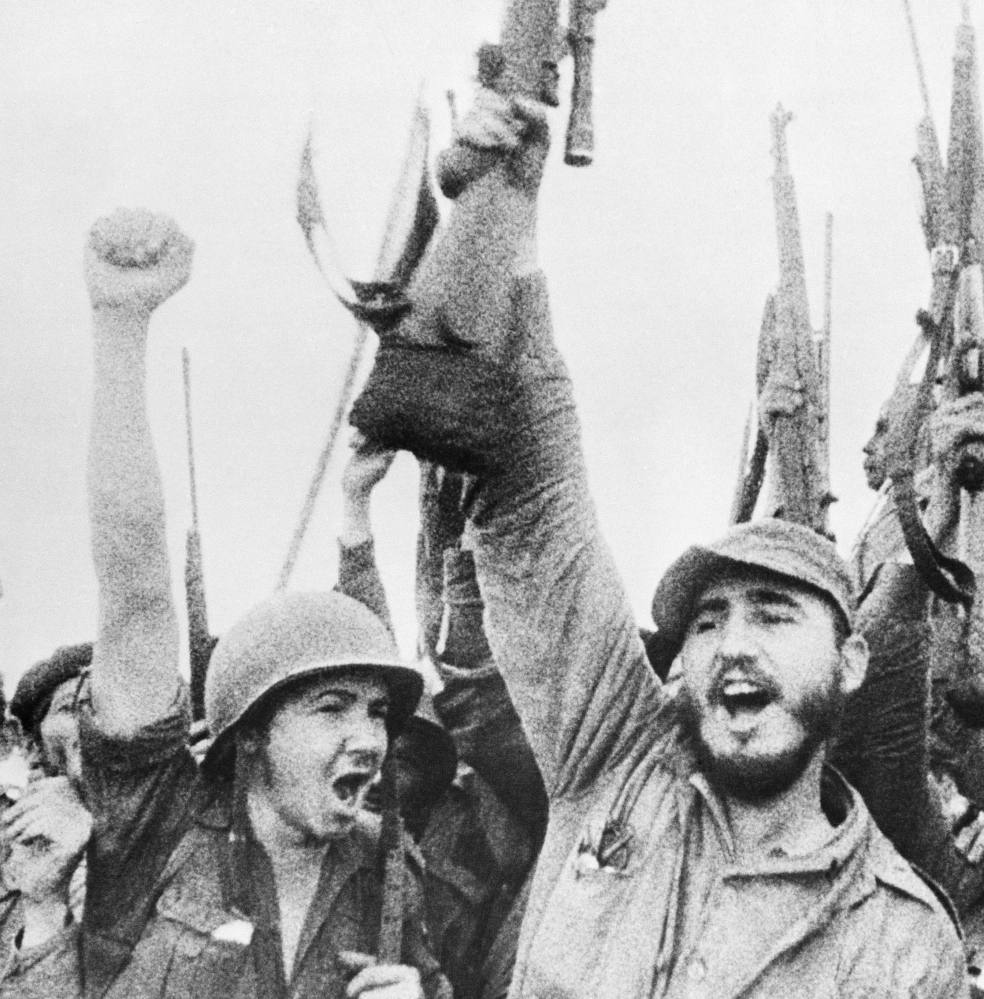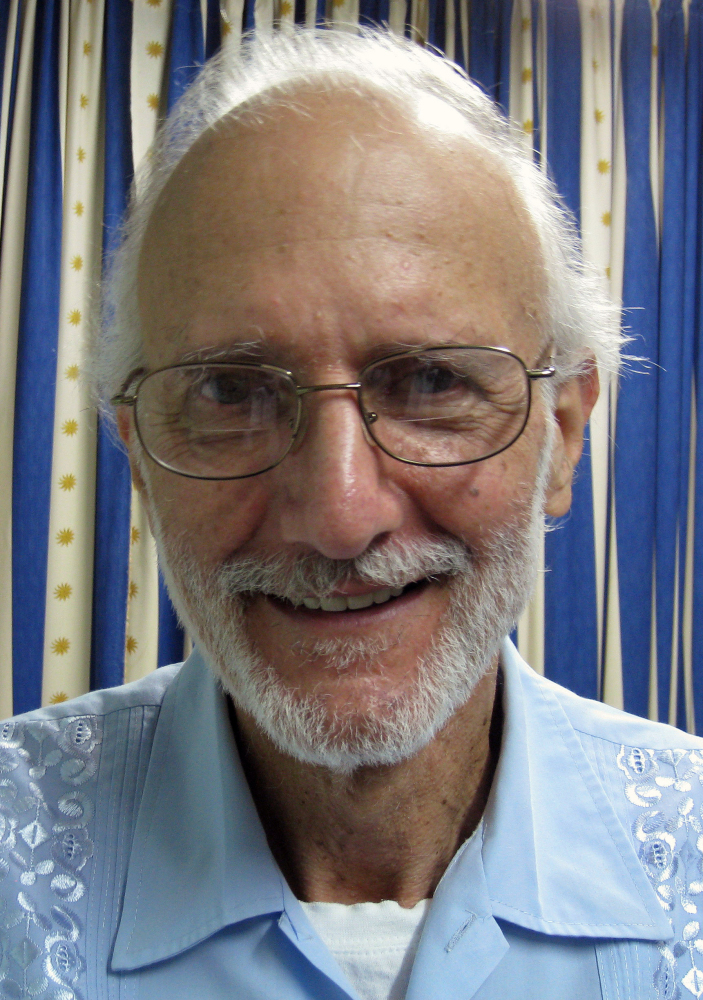Key events in U.S.-Cuba relations:
THE START:
Fidel Castro’s rebels take power as dictator Fulgencio Batista flees Cuba on Jan 1, 1959. The United States soon recognizes the new government. But relations begin to sour as Americans criticize summary trials and executions of Batista loyalists. In 1960 Cuba nationalizes U.S.-owned oil refineries after they refuse to process Soviet oil. Nearly all other U.S. businesses are expropriated soon afterward. The former Soviet Union, becomes a key ally.
EXPANDING CRISES:
The U.S. declares an embargo on most exports to Cuba in October 1960 and breaks diplomatic relations in January 1961. Three months later Castro declares Cuba a socialist state – just a day before the doomed U.S.-sponsored Bay of Pigs invasion meant to topple Castro. Meanwhile, U.S. agents are organizing repeated efforts to assassinate the Cuban leader.
ARMAGEDDON AVERTED: In October 1962, a U.S. blockade forces removal of Soviet nuclear missiles from Cuba after a standoff brings the world near nuclear war. U.S. President John F. Kennedy agrees privately not to invade Cuba.
FOILED RAPPROCHEMENT: U.S. President Jimmy Carter tries to normalize relations with Cuba shortly after taking office in 1977, re-establishing diplomatic missions and negotiating release of thousands of prisoners. But conflicts over Cuba’s military mission in Africa, tension caused by a flood of Cuban refugees in 1980 and the election of Ronald Reagan end the rapprochement.
CUBA STANDS ALONE: The 1991 collapse of the Soviet Union devastates Cuba, but the country limps along, first under Fidel and then, after he falls ill in 2006, under his brother Raul, head of the Cuban military.
CLASHES WITH EXILES: Cuba’s hostile relations with many Florida-based migrants repeatedly lead to confrontation. In 1996, Cuban jets shoot down two planes operated by the Brothers to the Rescue group dedicated to saving migrants found at sea, killing four. In 1999, U.S.-based relatives fight to keep Elian Gonzalez, rescued at sea at age 5 after his mother dies. U.S. officials finally wrench him away and send him back to his father in Cuba in 2000.
PRISONERS: The U.S. arrests five Cuban spies in 1998 and Cuba mounts an international campaign to free them, saying they were defending the island against U.S.-based terror attempts. In December 2009, Cuba arrests USAID contractor Alan Gross, accusing him of subversion. That stifles incipient efforts to improve U.S.-Cuba ties under President Obama.
BREAKTHROUGH: Obama and Raul Castro announce they are restoring ties and exchanging prisoners, including Gross and the remaining three members of Cuban Five spy ring.
–From news service reports
Send questions/comments to the editors.



